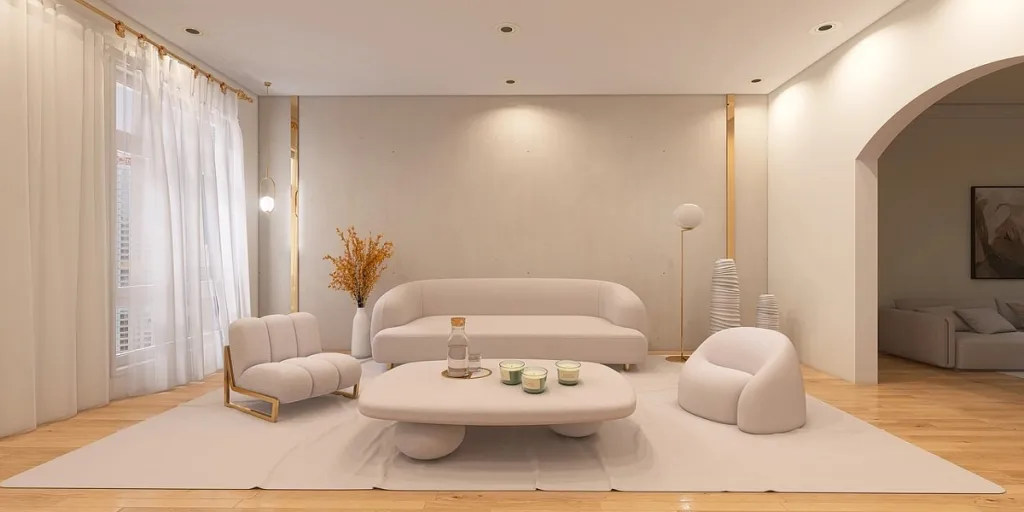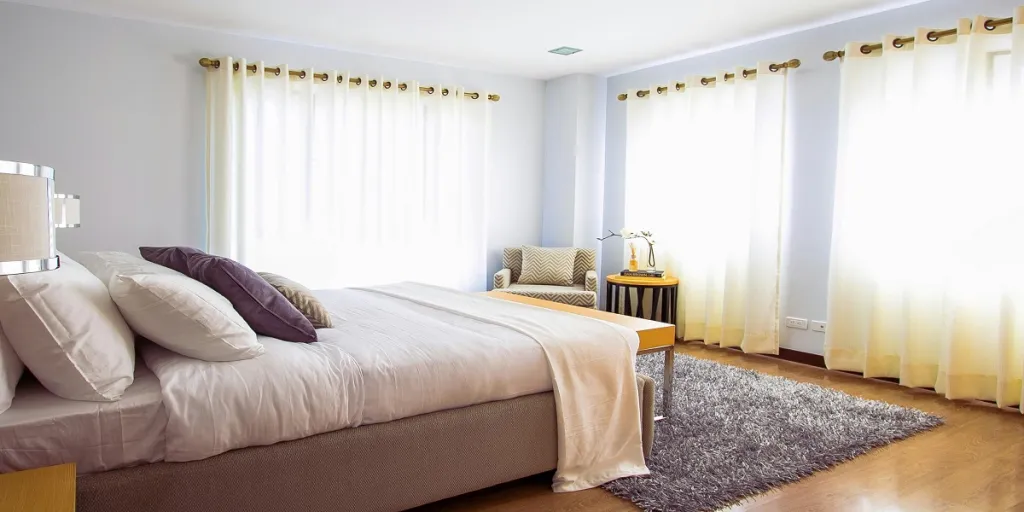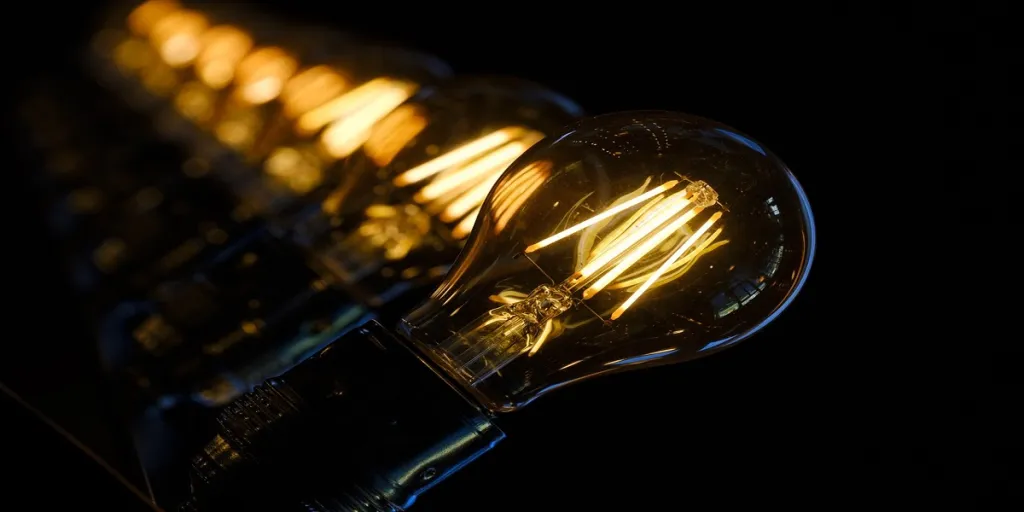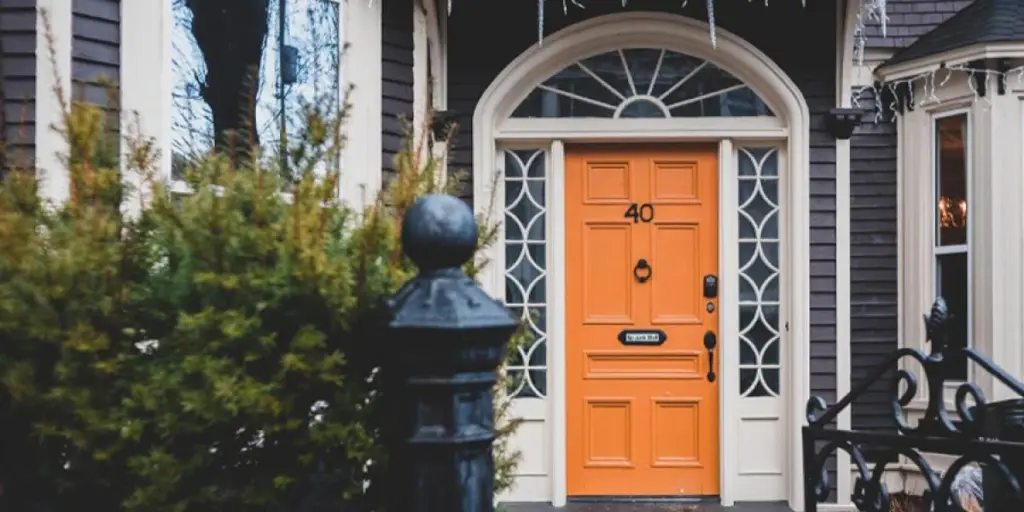When it comes to lighting, there are a lot of different choices out there in the market. One of the most popular light sources is downlights. Downlights vary in terms of application, material, and specifications. Sellers need to be knowledgeable and give the right advice based on the customers’ needs. This article will equip business buyers with what they need to know for selling the right downlights.
Table of Contents
What are downlights?
How to choose the best downlights to sell?
Conclusion
What are downlights?
Downlights are also known as recessed lights, pot lights, or can lights. They are an ideal choice to use as ceiling lights in residential kitchens and bathrooms; or in commercial places, such as offices, shops, and hotels. They are adaptable and can be used for both indoor and outdoor spaces. They are very popular as they provide warm general lighting, can be functional ambient light, are space-saving due to their sizes, and suit low ceilings.
How to choose the best downlights to sell?
Color temperature
Here are the top tips buyers need to consider when choosing the color for downlights at home. For areas that tend to get hot (e.g. kitchen and laundry room), offer customers to install cool white color downlights. On the other hand, in areas where you want to create a warm and intimate feeling, such as the living room and bedrooms, warm white color downlights should be a great option.
For commercial areas like offices, it is better to get cool white color for bright and energetic feelings. Meanwhile, hotels, where people would like a warm feeling, should get warm light or warm white color. Whenever in doubt, the safe bet is getting the natural white 4000K, which is usually suitable for all kinds of environments.
Beam angle
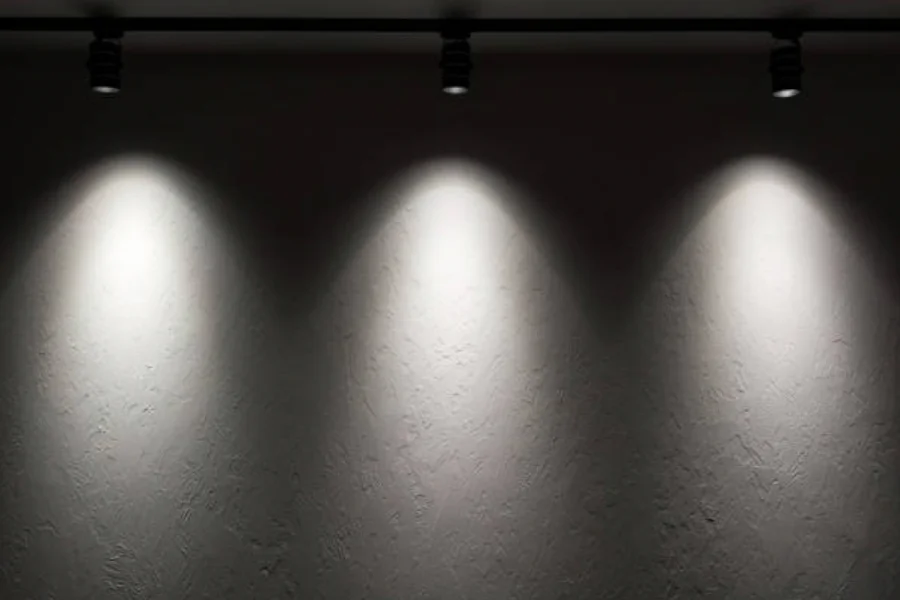
The beam angle of a bulb means how wide or narrow its beam of light is. A narrow beam (20-40 degrees) is suitable for highlighting an area or object, mainly for accent lighting. It is suitable for hotels, shops, and offices where people want to highlight a product or decoration.
Downlights with a 25 degrees beam angle are suitable for kitchens as they can give people concentrated light while cooking. For soft diffuse lighting in the living room, 60 degrees of the beam angle is ideal. In contrast, a wider beam, usually referring to 100-120 degrees, is suitable for general purposes.
Lumens and wattage
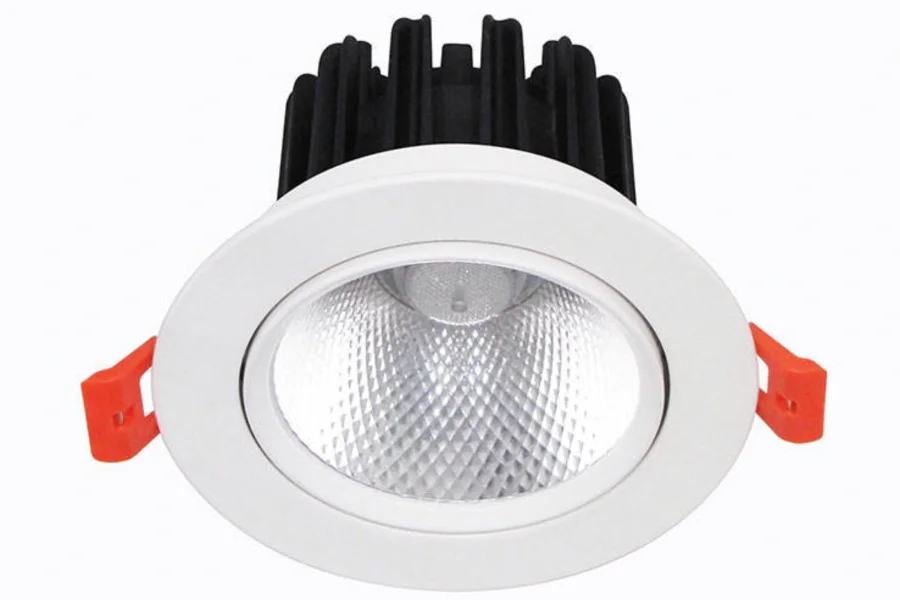
Similar to color temperature, the brightness level of a bulb can make a big difference to the look and feel of a room. Lumen (lm) is the unit to measure the brightness of a light bulb. A 60-watt incandescent bulb is similar to a LED downlight with 8-12 watts and 800 lm. For general use at home or in commercial areas, lumen counts between 300 and 800 lm should be a safe choice.
Placement
After examining the brightness of a downlight, another consideration is the distance between each light. Placing them too close together can result in inconsistent lighting. Spacing the downlights evenly ensures the light is comfortable and non-distracting.
Also, consider the beam angles when deciding the spacing between them. If adopting a wider beam, space the downlights 1.2 to 1.5 m apart (approx. 3 feet 11 inches to 5 feet); if using a narrow beam, try to place them 1 m (about 3 feet 3 inches) away from each other.
Color rendering index (CRI)
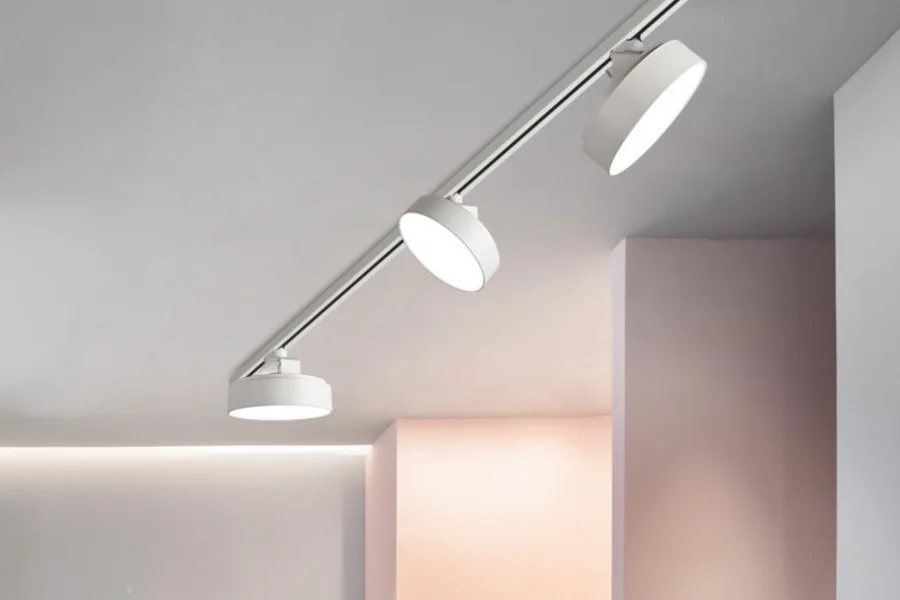
Color rendering index (CRI) means the light source’s ability to show the objects’ colors faithfully in comparison with natural sunlight. It is measured from 0 to 100. 100 means the colors under the light are the same as they would if under natural sunlight. Typically, 80 to 90 CRI can reflect accurate color rendering.
Fire-rated downlights
No matter where the downlights are being installed, the rule of thumb is: safety is the priority. Generally, all downlights are tested and meet fire safety standards. Extra protection can make a big difference in case of fire, so choosing fire-rated downlights is highly recommended.
Conclusion
There are many other things to consider when giving consumers advice over choosing the perfect light. For instance, lightly colored walls appear brighter and better-lit than darker and light-absorbing surfaces. Another tip is to consider light-level dimmers with downlights to save electricity. Make sure they are compatible with each other and use a push-button dimmer.
Stocking with the right types of quality downlights and giving knowledgeable advice will help attract customers and boost your business. For more information on quality downlights, hit the Alibaba website to find certified sellers and manufacturers.
